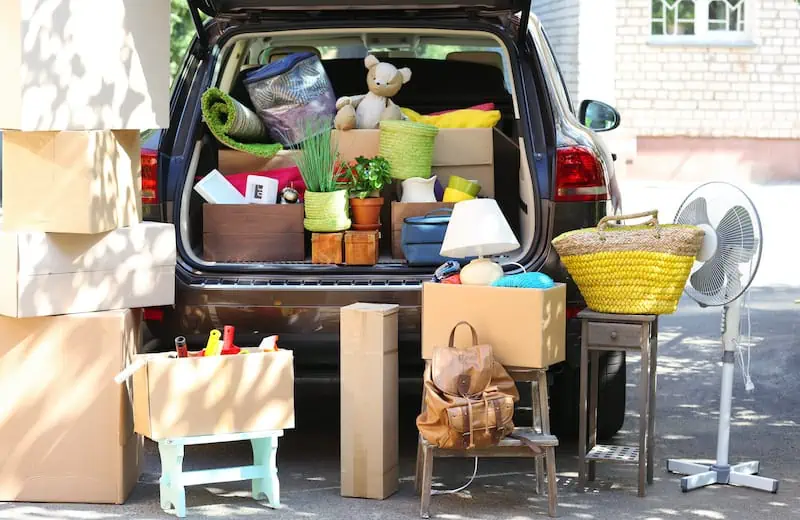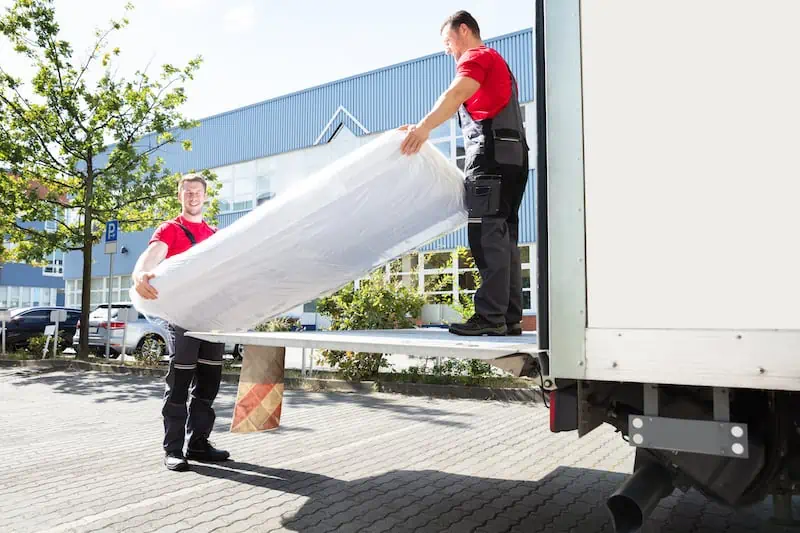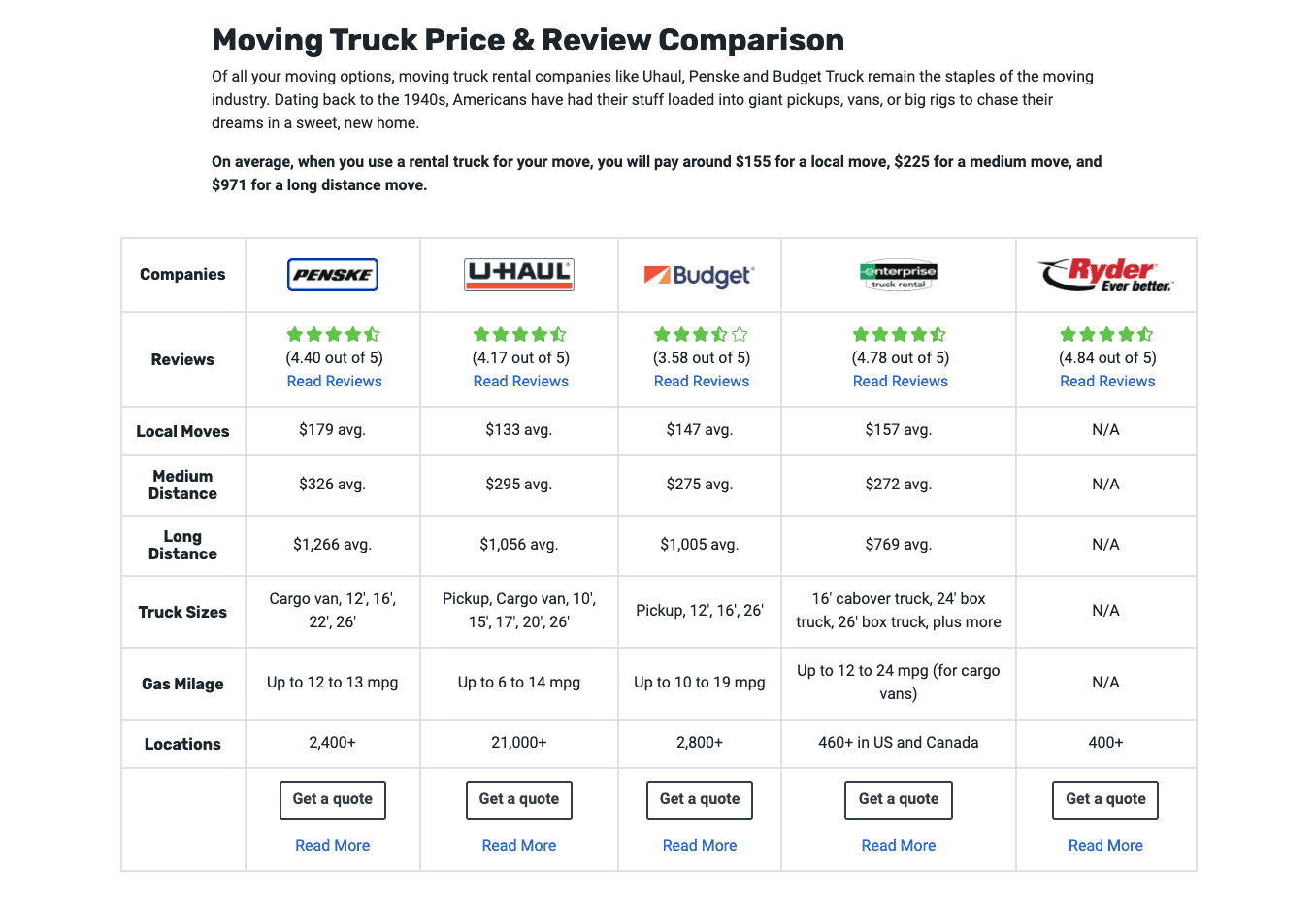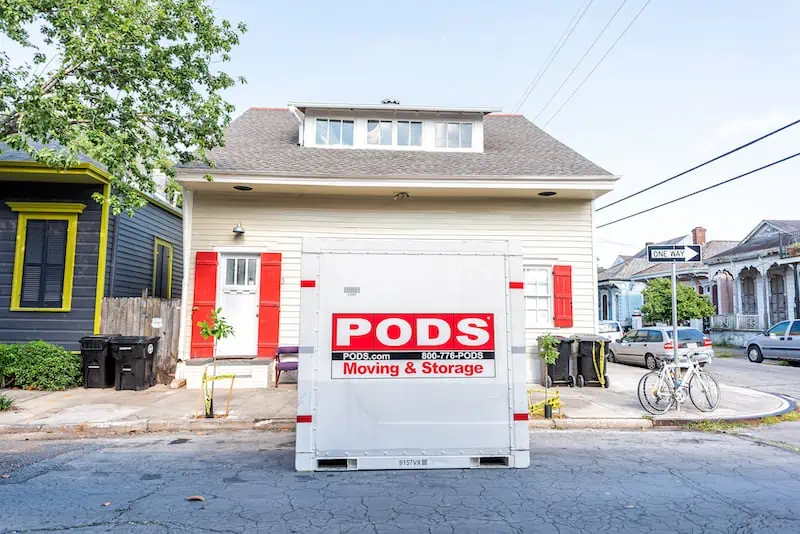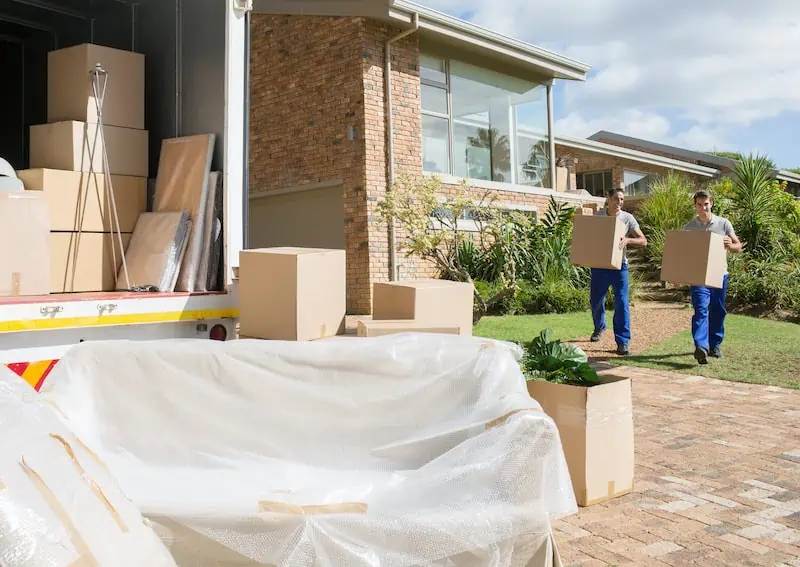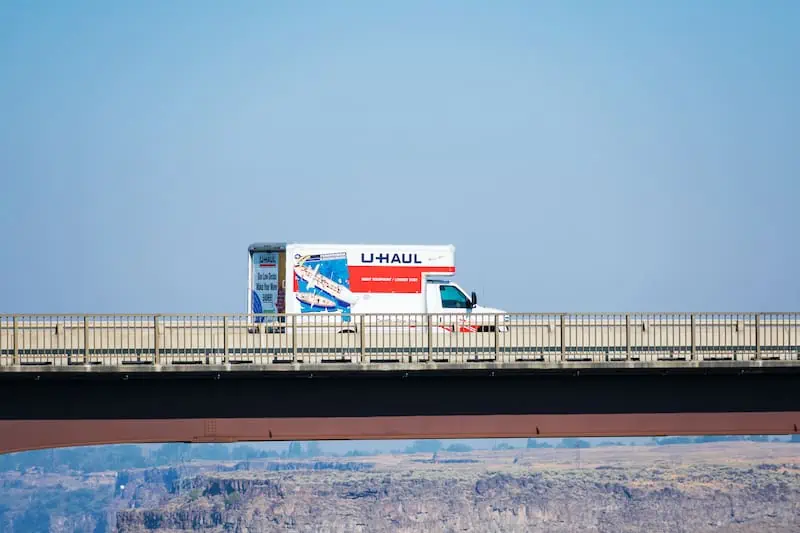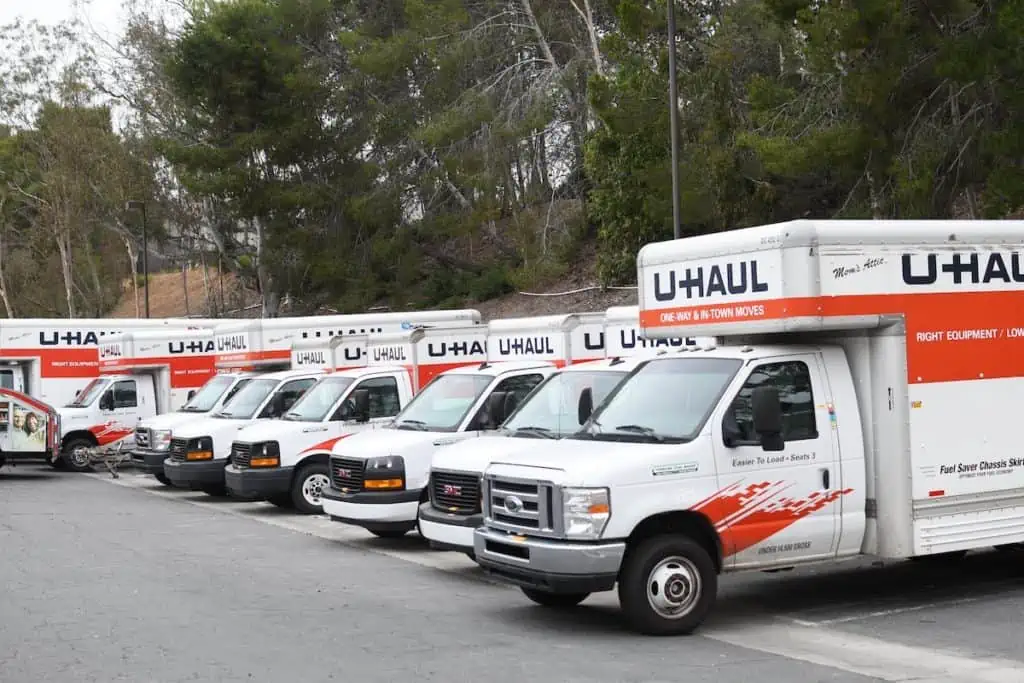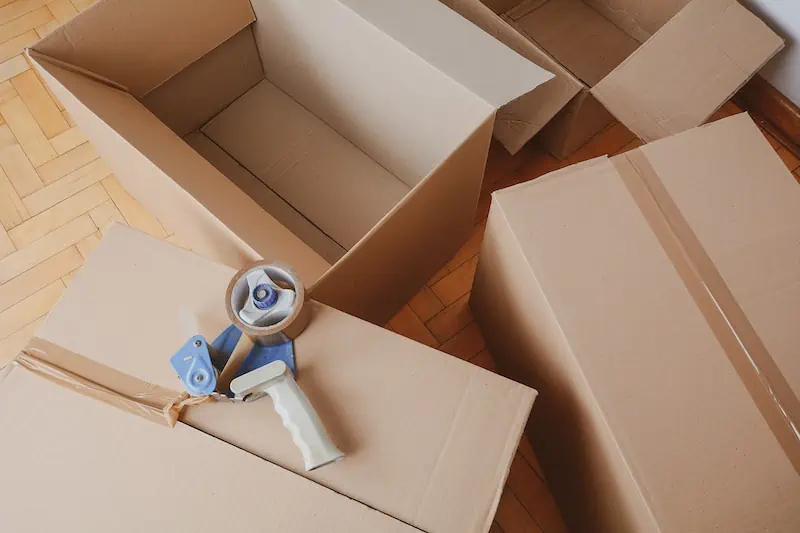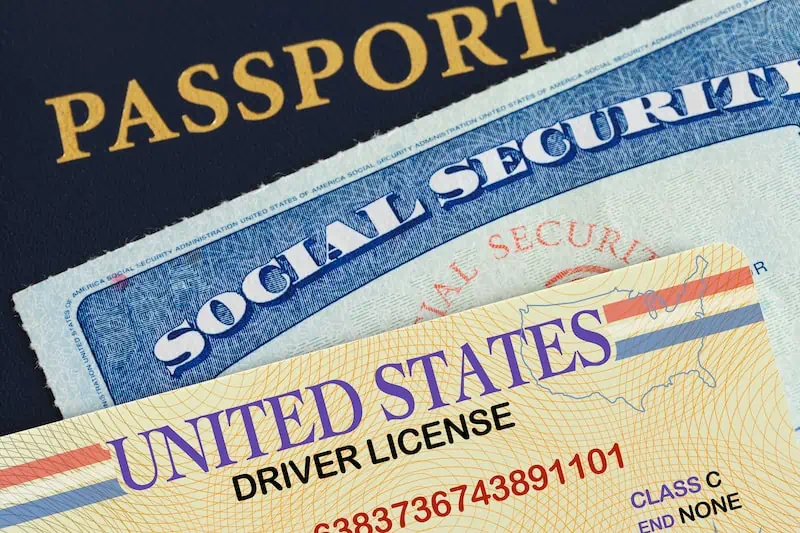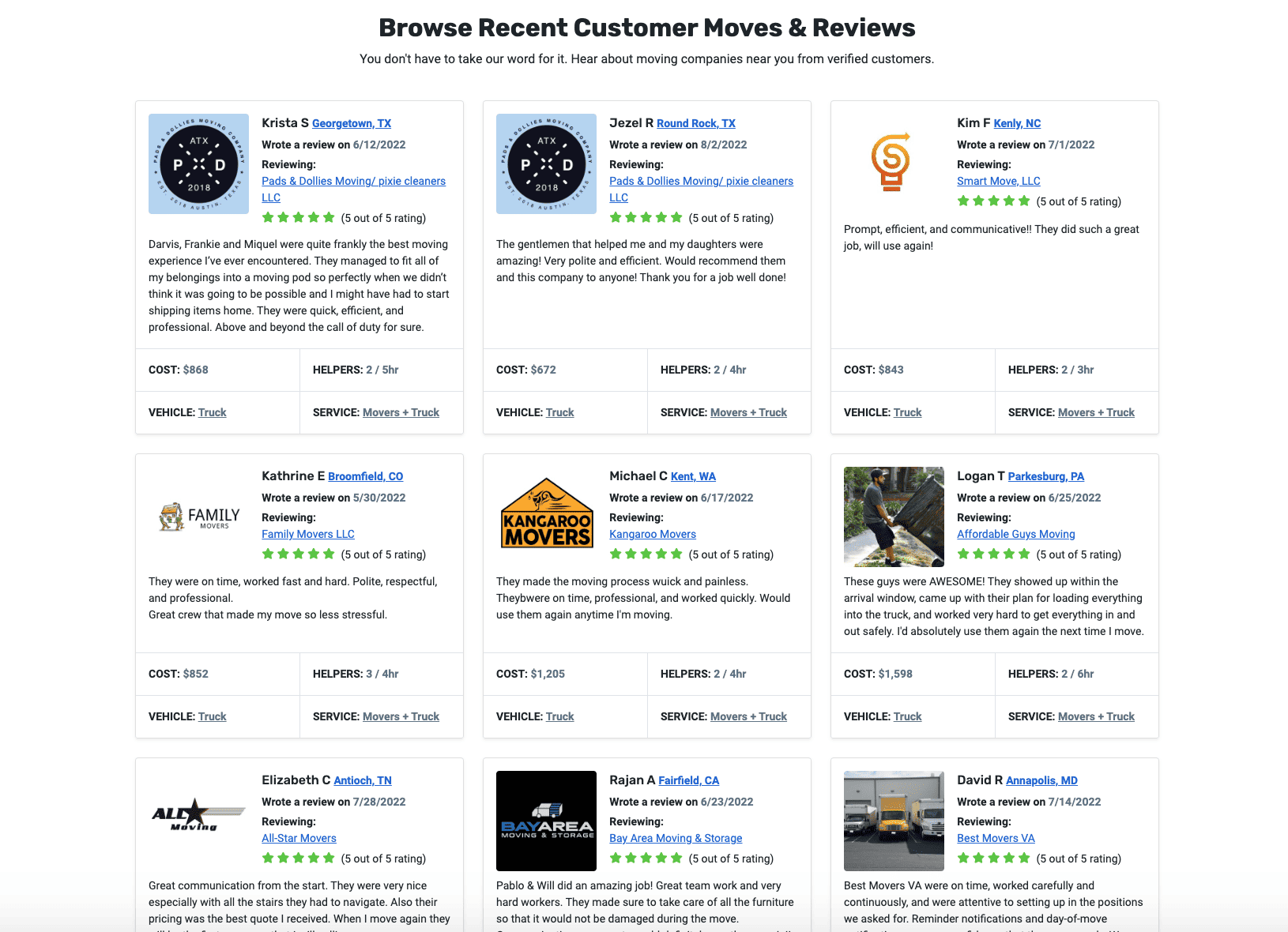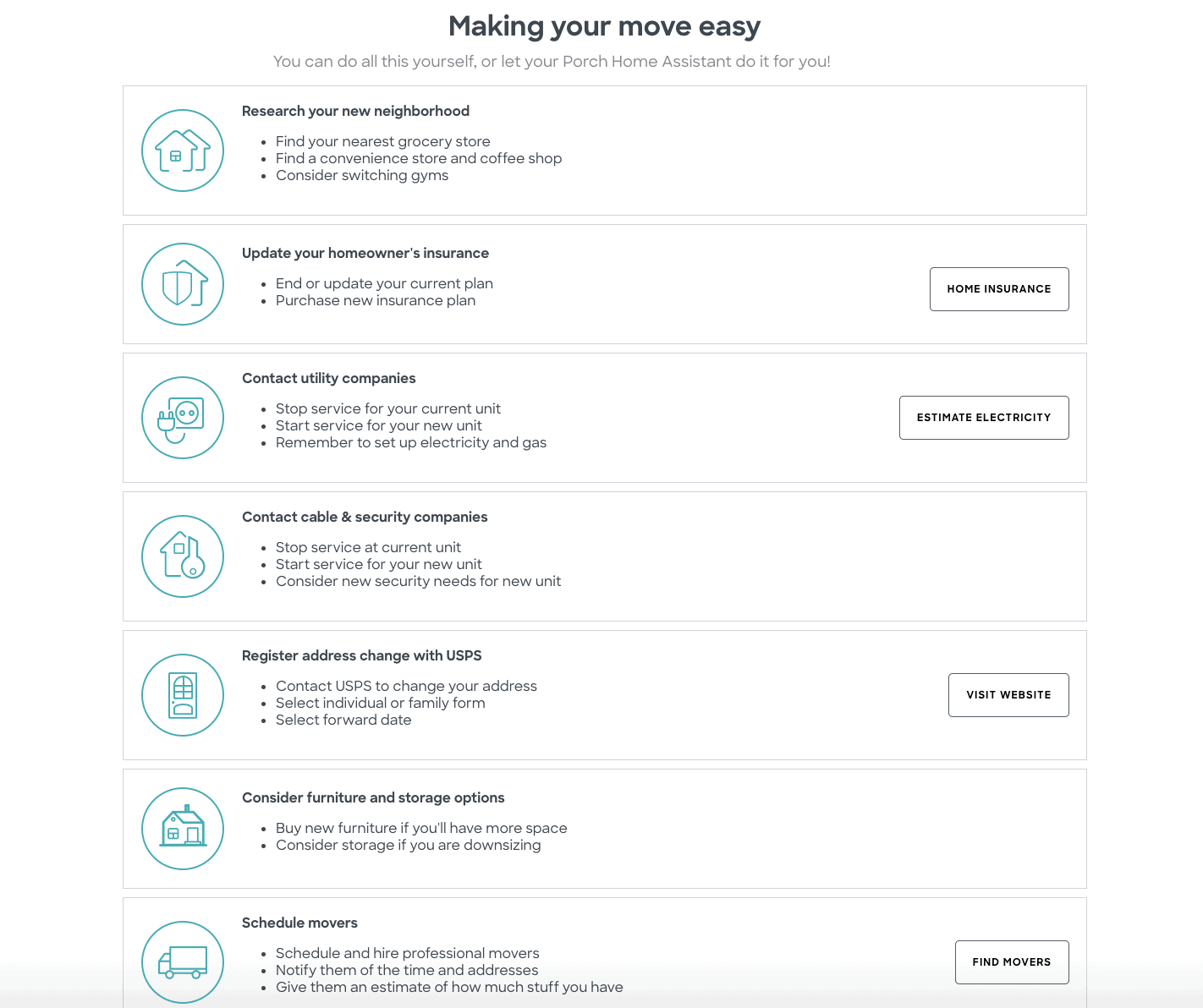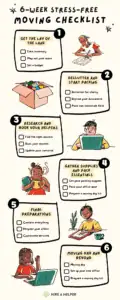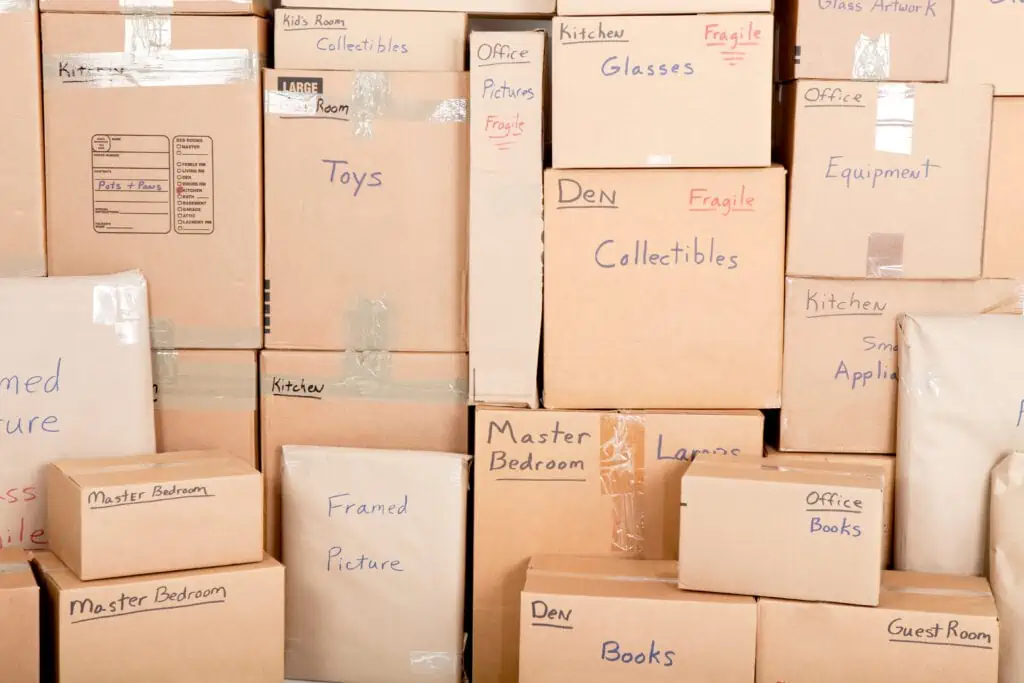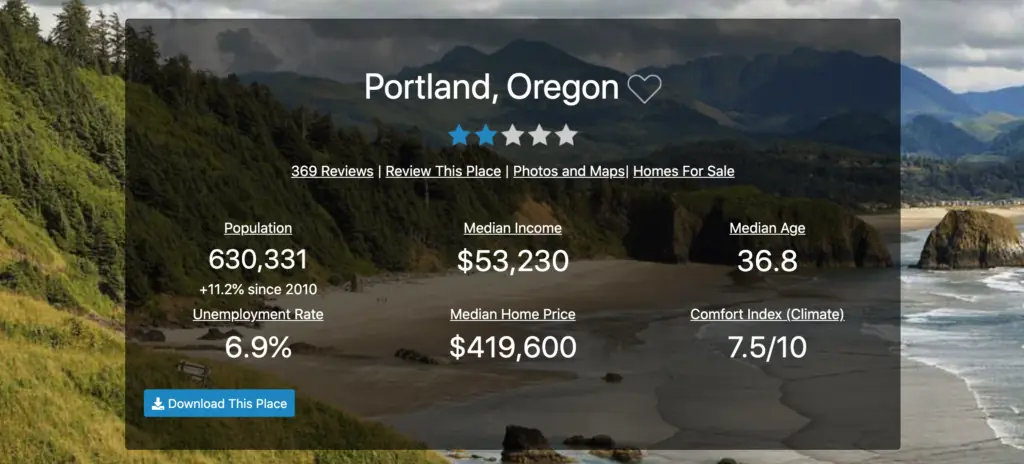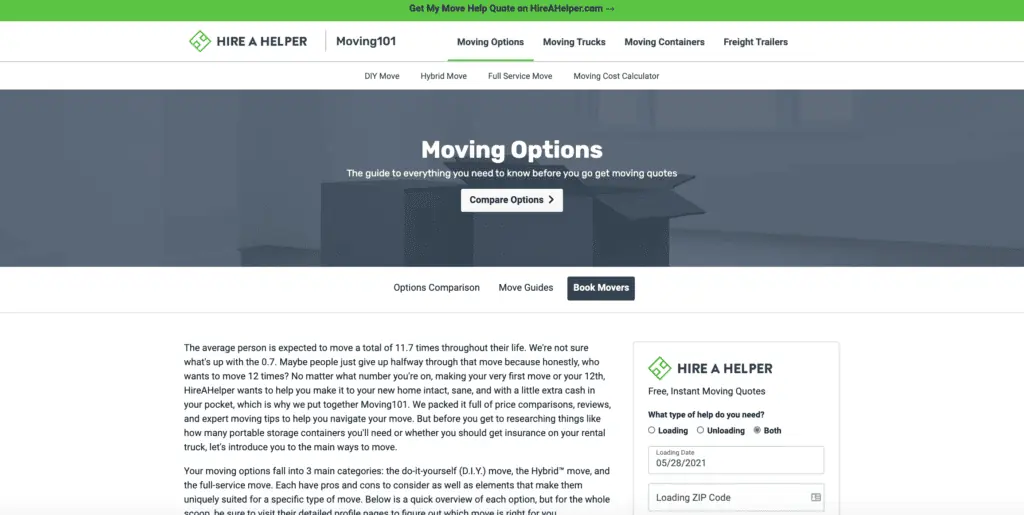Whether prompted by a move or a carefully weighed decision to find a better fit for your child, transferring schools can bring a mix of uncertainty, hope, and a lot of questions.
How will my child adjust? Will they be able to make new friends? Are we choosing the right school? It’s a lot for any family to juggle! Especially if you’re in the middle of navigating other life changes at the same time, like moving to a new city or taking on a new job. But you’re not alone. Kids change schools all the time and continue to thrive. In this parent’s guide to moving schools, we’ll walk you through every step of this transition, including tips to prepare kids to move and more.
How to Prepare for the School Move
As with managing any major transition, planning ahead makes all the difference when it comes to transferring schools
Making the Decision: Why and When to Switch Schools
Transferring schools isn’t always tied to a move —families make this big decision for a variety of reasons. Sometimes, there are logistical factors, such as commute times and schedules, or financial reasons are at play. Often, it’s a matter of finding a better fit and making sure your child is in the best environment to support their needs — perhaps the new school has a better academic program or extracurricular activities, or the culture itself is better suited to your child’s personality, learning style, or unique needs.
Timing can make a big difference in helping your child adjust. Starting fresh with the rest of their peers at the beginning of a school year tends to be easiest, so they won’t have any classwork to catch up on or have to wedge their way into already-formed friend groups. If transferring schools mid-year, aim for after winter or spring break, or between quarters or semesters, to help make the transition easier.
Talking to Your Child About Moving
If the school transfer is part of a move, communication can go a long way in calming their nerves and even getting them excited for the big change. Here’s how to approach the conversation:
- Explain the reason for the move. Whether your family is relocating for a career opportunity or to buy a home, kids appreciate knowing the why behind your decision.
- Focus on the positive. Emphasize what they stand to gain by moving, whether that’s sunnier weather, more access to nature, or being closer to Nana and Papa.
- Validate their emotions. Welcome them to communicate how they feel — sadness, anger, fear, excitement, or anything in between —and remind them these emotions are totally normal and you’re there to support them.
- Include them in the process. Invite them to pick out decor for their new room or research fun attractions for the family to explore in your new city. The more they’re involved, the more in control they’ll feel.
Clarity and simplicity are key when talking to young children, says Nina Spears, founder & CEO of Baby-Chick.com, a parenting and lifestyle resource for moms and moms-to-be.
“As we all know, moving is a big transition for the whole family, especially for our little ones. To prepare your child emotionally for this big change, it’s important to talk to them about the move in advance using age-appropriate language,” Nina recommends.
When talking to a young child —a toddler to an early elementary-aged kid — about a move, she suggests using language that’s “simple, clear, and positive.”
Communication is equally important with older children as well. For tweens and teens, be open and honest, listen to and understand their concerns, and give them a say in their electives and extracurriculars so they feel like they have a voice in the process.
Finding the Right Fit: Researching New Schools
Before taking your child out of their comfort zone and throwing them into a new environment, the first step is making sure their new school checks all the right boxes.
“Lots of emotions can come before, during, and after a move…[which] might include thrill, grief, fear, sadness, worry, and anticipation. Other changes you might see: fatigue, withdrawal, sleep disturbances, appetite changes, or a need for more attention.”
Start by thinking about what’s most important for your child based on their academic abilities, interests, and social needs. Are they a scholastic superstar in need of a wide range of honors or AP classes, or do they need extra learning support? Are they athletically driven, or are they more of an artist type, or both? Beyond academics and extracurriculars, what kind of culture would they do best in —a small, tight-knit community or a big, bustling campus with an endless supply of new faces and activities?
There are three types of schools to consider:
- Public schools are free thanks to funding from taxes. They tend to offer a broad curriculum and have more diverse student populations, but as curriculum is overseen by school boards, there’s not much room for flexibility.
- Charter schools are also publicly funded and free to attend, but they have more autonomy, allowing them to structure their curriculum as they wish. Commonly, charter schools offer a specialized curriculum — for instance, it may be arts-focused or strong in STEM —but as space is limited, you often need to get on a waitlist.
- Private schools run on tuition, although in some cases, need- or merit-based scholarships are available. They tend to have smaller class sizes and freedom to create their own academic programs, which can mean a higher-quality education. However, they can be expensive and have admissions requirements like interviews or exams.
Check out these online resources to help you determine the right school for your child. Take the time to talk to teachers and parents to get a feel for the school’s culture before making your pick.
How to Navigate the School Transfer Process
Once you settle on which school to send your kids to, the next step is to put those wheels in motion.
Handling Paperwork and Requirements
Before a school can accept your child as a new student, it’ll need specific documentation. Make sure to provide this ahead of the enrollment deadlines. In most U.S. states, registration typically takes place between March and April for the fall semester, or between October and November for the spring semester.
Here are the records that schools generally ask for, but be sure to check with the new school to make sure you have everything they need.
- Academic transcripts: Submit an official form from your children’s previous school that shows the coursework they completed and grades they earned.
- Immunization records: Submit an up-to-date medical history, including any required vaccines your child has received. Sometimes a physical is also required.
- Individual Education Program (IEP): If your child requires special learning accommodations, submit a written statement from a qualified professional, such as an educational therapist, in order to authorize access to those services.
Coordinating with the Old and New Schools
Let the administrators at your child’s old school know that your child will be transferring and briefly explain the reason for the move and when it will take place. Ask them to release and submit your children’s transcripts and other electronic records to the new school.
It may also be a good idea to talk to your child’s old teachers and see if there’s anything the next teachers should be aware of. If the new school requires a teacher recommendation letter, this is your window to ask for that. If you can, meet with your child’s new teachers before school starts and fill them in on anything you think they should know to set your child up for success.
Considerations for Special Needs or Gifted Students
If you have a child in gifted classes or a special needs program, make sure their 504 plans, IEP documents, test scores, and parental consent forms are all up-to-date.
“Invite [your children] to pick out decor for their new room or research fun attractions for the family to explore in your new city. The more they’re involved, the more in control they’ll feel.”
Once you submit this information, meet with the school administrators, teachers, counselors, and other specialists to create a holistic, tailored approach or program that will account for your child’s unique abilities, learning styles, and academic objectives. Establishing this collaboration on the front end will help make sure everyone’s on the same page when your child is ready to get started.
How to Make the School Transfer Smoother
With enrollment taken care of, it’s time to focus on transitioning your kids with minimal stress. Because every child’s experience is unique, there’s no one-size-fits-all roadmap for navigating this transition, but the following strategies can help.
Helping Your Child Adjust Socially

- Sign them up for an after-school club, sports team, or other extracurricular activities, so they can meet fellow students with common interests.
- Encourage them to ask a classmate for help with an academic subject or a homework assignment they’ve been having a difficult time with.
- Brainstorm questions to help them initiate conversations with their peers at the lunch table, recess, or other social settings.
Supporting Academics in the Transition
Even when you take all the right steps, academic hiccups can happen, especially when the curriculum and pacing vary from school to school. You may find that your child has already covered the material, or they may end up behind. Testing can help find the gaps or get them placed in more appropriate classes. From there, you can work with teachers or administrators to create an individualized plan, which might include extra study at home or tutoring.
What to Expect in the First Weeks

“Acknowledge their feelings, give them space to feel them, and validate them,” Diane advises. “We can model this by being conscious and transparent — in front of our children — about our own feelings around a move or any big transition. Demonstrating healthy emotional management can be a great gift.”
Additionally, touch base with their teachers early on to see how your child is acclimating.
Frequently Asked Questions
Should I move my child during the school year or wait until summer?
The best time to move is during the summer rather than during the school year. This way, your child can start school in the fall along with their peers, which allows them to adapt to the environment, learn the curriculum, and form social connections at the same time as all their classmates, instead of jumping in mid-year.
How can I tell whether a new school is the right fit?
In weighing a school, consider its academic programs, extracurricular activities, educational resources, student demographics, and teaching methods. How do these components align with your child’s specific goals, needs, interests, preferences, and learning style? Research the school, including talking to teachers and parents, touring the campus with your child, and asking for their input as you make a decision.
What are the risks of moving schools too often?
Research shows that occasionally moving schools doesn’t have an impact on children socially or academically, but there’s limited data available for families who frequently move. Research suggests, however, that students who experience more school transfers are more likely to experience instability at home and fewer resources to help them thrive, which can, in turn, impact how well they do in school.
How can I help my child keep in touch with friends at their old school?
Before the move, encourage your kids to ask for their friends’ phone numbers, home addresses, and emails, so they can keep in touch. Writing letters back and forth is a particularly meaningful way to enrich communication skills and maintain close bonds, no matter the miles between them.





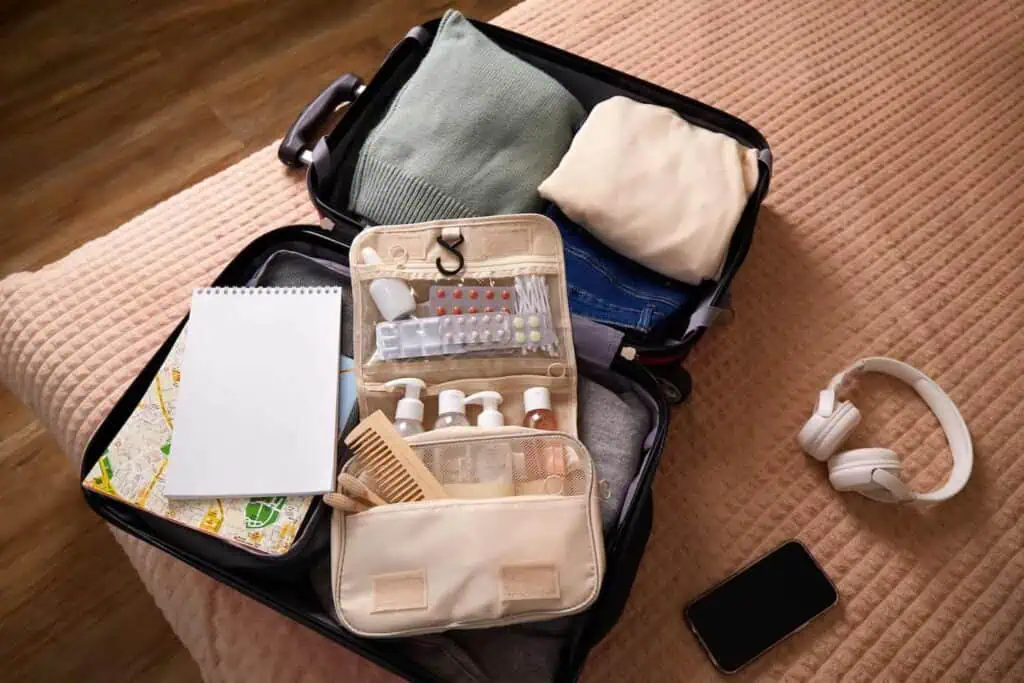




 The problem: So you need a new “non-forever” home that isn’t depressing? If the housing market is as crazy where you live as it is everywhere else, you probably need some time to shop around for your next home (especially if you’re planning on buying). You should consider:
The problem: So you need a new “non-forever” home that isn’t depressing? If the housing market is as crazy where you live as it is everywhere else, you probably need some time to shop around for your next home (especially if you’re planning on buying). You should consider: